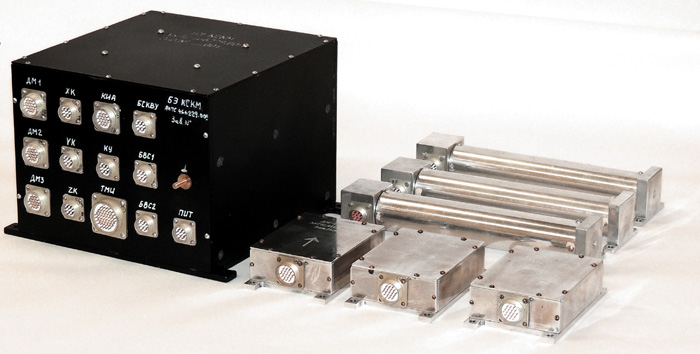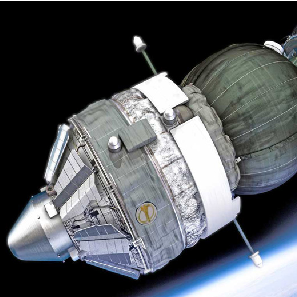It is concerning technical specifications. But is it really so? This question is answered by the device developed by SSAU scientists - Micro-acceleration Compensation Space System (MCSS). In appearance it is a black box - cube, which conceals three magnetometers (their task is actually the measurement of micro-accelerations) and three electromagnets designed to cope with a different task – micro-acceleration compensation to the desired level (in this flight they only simulate the compensation). Also inside the “box” there is a computer which operates directly in space, receiving the coordinates from the on-board computational facility, calculates what should be the magnetic field at each point of the spacecraft flight, and micro-accelerations upon the angular rate of spacecraft rotation. Then it compares and determines how much the real magnetic field deviates from the ideal. Then, the computer will give commands to the magnets that compensate micro-accelerations. Now MCSS performs only tests of the mathematical model of such compensation. How accurate would this model be, the scientists will learn only after the end of the mission “Photon-M4”. The scientists from the Institute of Applied Mathematics named after M. V. Keldysh will evaluate the data collected by MCSS.

“We will work out this system in full on our satellite “AIST-2”, which will be equipped with a complete navigation system”, - says one of the device developers Igor Piyakov, a senior researcher in the Institute of Space Device Engineering in SSAU.
The remarkable thing is that a MCSS prototype is a device “Graviton”, it was in space on board the “Bion”- another space laboratory also developed in the “Central Specialised Construction Bureau “Progress”. But “Graviton” only measured micro-accelerations. The next flight was on board the “Aist” in the last 2013 year. Both magnetometers and electromagnets are established there. But they cannot perform full-featured work, because there is no navigation in real time.
“In the future MCSS will be able to generate the necessary level of micro-accelerations at small satellites such as “Aist” and on big spasecrafts”, - said Igor Piyakov.
MCSS is development by SSAU scientists. Power supply sources, electromagnets, magnetometers, control modules for electromagnets have been designed in the laboratories of the Institute of Space Device Engineering. This device was designed by scientific staff of the institute: I. V. Piyakov, K. E. Voronov, D. V. Rodin, scientific management is carried out by Professor N. D. Syomkin. Graduate students have also worked on its assembling. Control algorithms have been developed in conjunction with the Department 1103 in “Central Specialised Construction Bureau “Progress”.
Closing mission of “Photon” is scheduled for September 18.
 RU
RU  EN
EN  CN
CN  ES
ES 